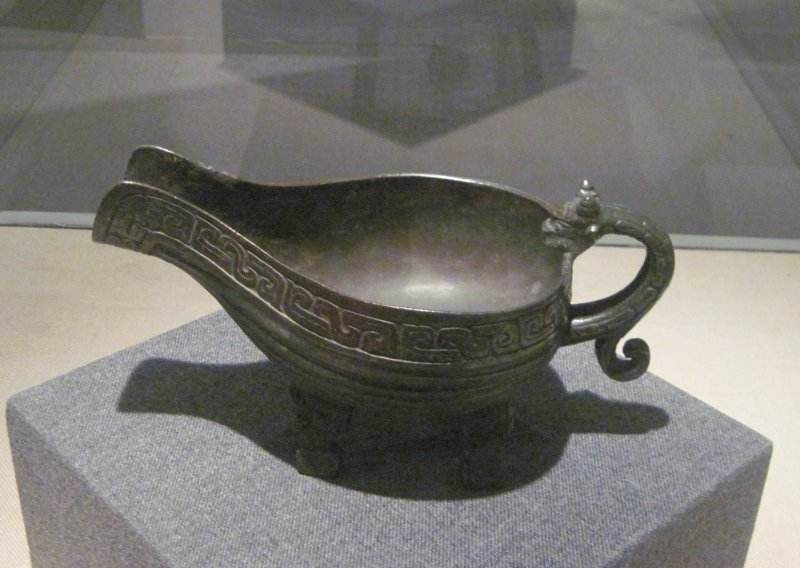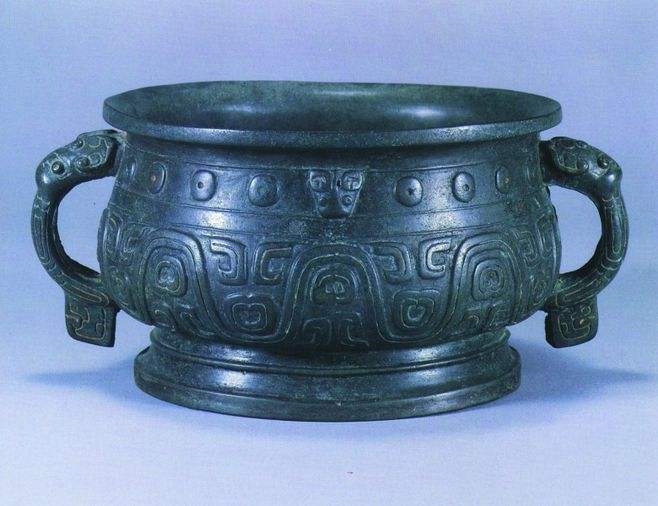BRONZE VESSELS
2 min readAbout 5,000 years ago the Chinese began casting bronzeware. During the Shang and Zhou dynasties, aristocrats used bronze vessels for ancestral rituals and for the more mundane tasks of daily life. Ancestral worship was a central belief of this era and bronze vessels played an important role in the ritual offerings. As befitting their important role in society of the time, they were kept in places of honor, such as in ancestral halls and were used during banquets and celebrations.7,000-year-old painted pottery from China.

Common bronze vessels were used for utilitarian purposes such as cooking or to heat orn millet wine, but large ornate vessels would become symbols of power and status. A ding(ding), which is cauldron with three or four legs, was originally used both for cooking and ceremony- but came to symbolize power. Dings also had their surfaces etched with details of important political events and memorials to the deceased. These items of intricate and beautiful detail are now important historic markers detailing political alliances and tributes and the lives of those who lived thousands of years ago. Eventually dings came to symbolize power and prestige as they required considerable wealth to commission.
Bronze work in China developed much faster than in other parts of the world because of extensive use. Technically, Chinese bronzes were unmatched during this period. Early bronze vessels such as jue(jue) and zhi(zhi) wine goblets,zun(zun wine beakers and hu(hu) wine goblet beakers were highly sophisticated.

In 1976, archaeologists uncovered a Shang tomb in Anyang in north Henan Province, the former capital of the Shang dynasty. The tomb was the burial chamber of Fuhao, who was.
Emperor Wuding’s consort as well as a top general. The tomb, located at the Yin Palace Ruins Ancestral Worship Temple, remains the only Shang imperial tomb found intact an revealed a rich find of artifacts Many bronze vessels were found within; some were robably used by Fuhao, while others were funerary objects.

Several famous Shang bronze vessels currently displayed around the world belong to the legacy of Fuhao’s tomb. Most Shang ritual vessels take the form of animals and are decorated with highly stylized animal designs and motifs. rorm of a Chinese totem known as the taotie (taotie monster mask a mythical beast with piercing eyes that is used to express fierceness and strength. This mythical heast commonly seen in Shang bronzes, as it played a central role in Shang spiritual beliefs.
Offerings put into this animal-shapec vessel were symbolically consumed by the taotie and transported to the spirit realm. Later, this motif became an artistic motif in itself, signifying the artistry of China s Bronze Age. ceremonial vessels display a high level of workuanship.








